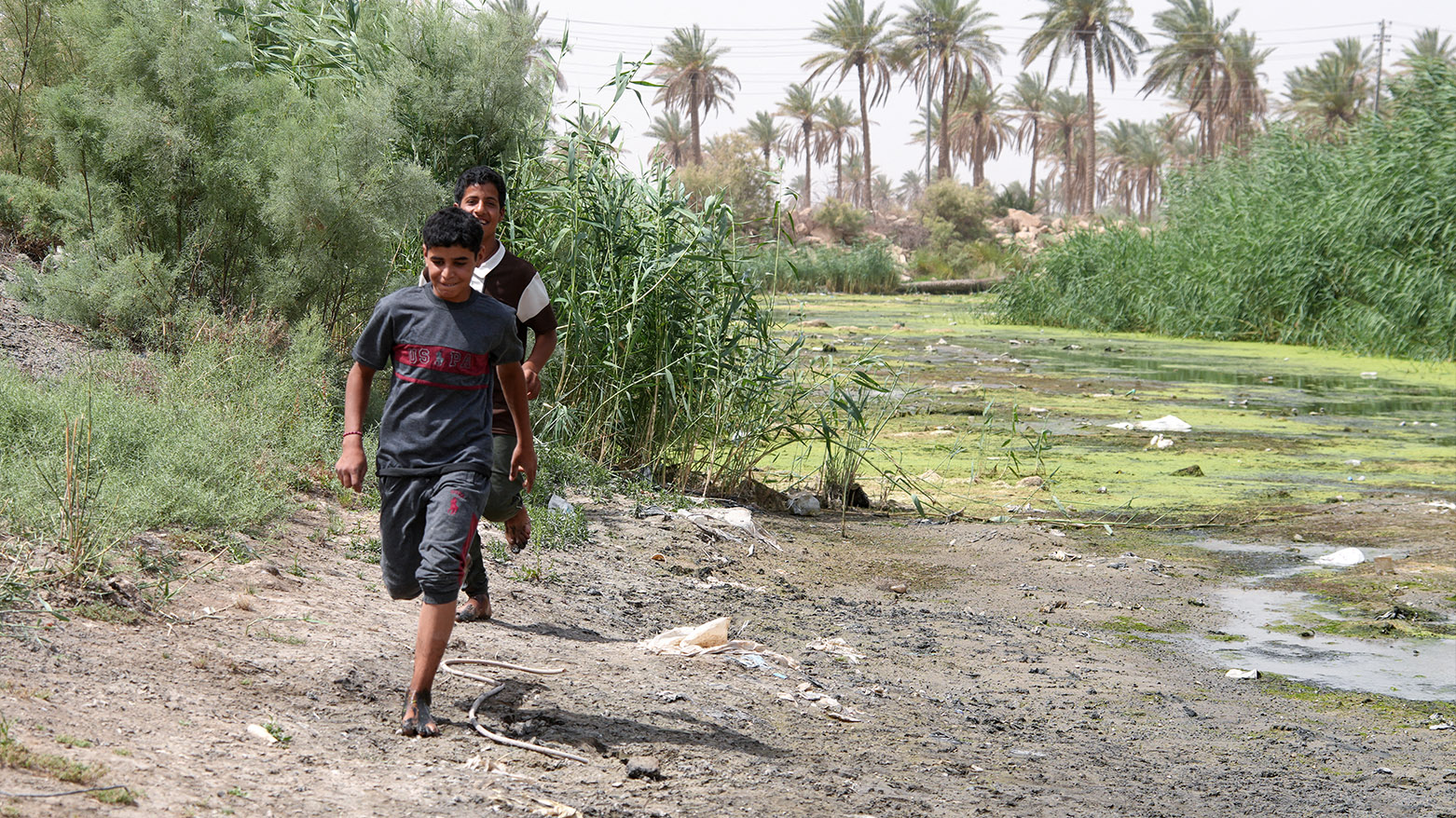Drought Nation: Iraq’s Worst Water Crisis in 80 Years
“The water situation in Iraq is both alarming and critical,” warned Ministry of Water Resources spokesperson Khaled al-Shamal, urging an “extraordinary national effort” to prevent a deeper catastrophe.
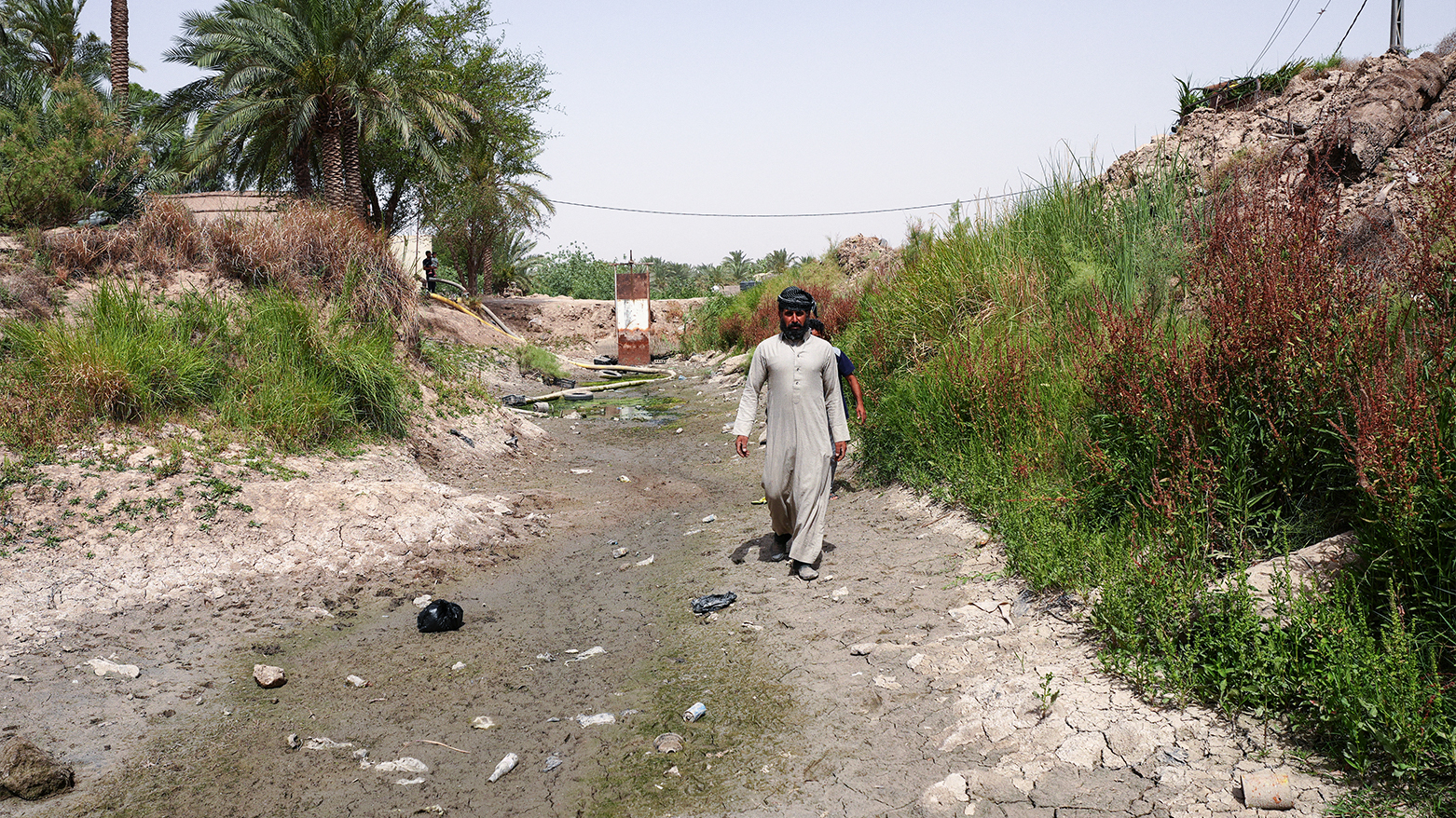
By Kamaran Aziz
ERBIL (Kurdistan24) — Iraq is grappling with its most severe water crisis in eight decades, as the country’s strategic water reserves plummet to their lowest levels since the 1940s. Officials warn that the crisis, driven by both external and internal factors, could escalate into a full-blown national emergency without swift and coordinated intervention.
“The water situation in Iraq is both alarming and critical,” warned Ministry of Water Resources spokesperson Khaled al-Shamal, urging an “extraordinary national effort” to prevent a deeper catastrophe. As reported by Shafaq News and Agence France-Presse (AFP), Iraq’s available reserves now stand at only 10 billion cubic meters—just over half of the 18 billion cubic meters usually needed to begin the summer season.
Regional Dependency and the Diplomacy Imperative
More than 70% of Iraq’s water originates outside its borders, flowing from Turkiye, Iran, and Syria via the Tigris and Euphrates rivers. Over the past two decades, the Euphrates has lost more than 60% of its flow, while the Tigris continues to shrink at an alarming pace. These two rivers account for more than 98% of Iraq’s surface water and are now barely delivering 40% of their expected volume.
The government has declared water security a sovereign priority, placing the issue under the direct supervision of Prime Minister Mohammed Shia al-Sudani. Iraq has signed a 10-year water cooperation framework agreement with Turkiye, Iran, and Syria, but implementation has been patchy.
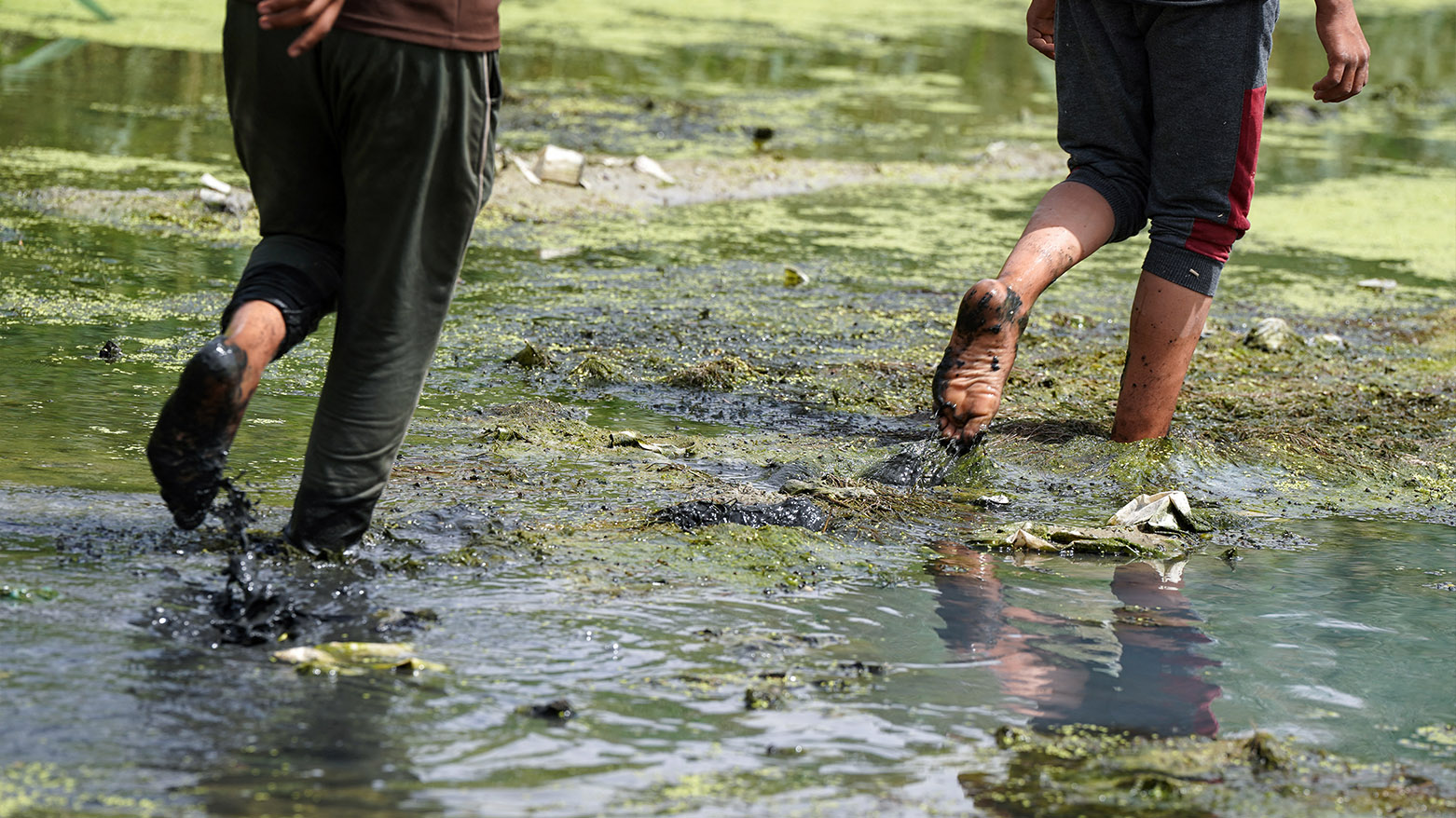
“Water issues topped the agenda in Baghdad’s most recent talks with these neighbors,” al-Shamal told Shafaq News, noting Iraq’s calls for technical coordination mechanisms and flow guarantees.
Turkiye’s Southeastern Anatolia Project (GAP)—which includes 22 dams and 19 hydroelectric stations—has given it sweeping control over the Euphrates and Tigris, dramatically reducing downstream flows into Iraq and exacerbating desertification in the southern provinces.
Al-Shamal emphasized the need for patient but assertive diplomacy. Iraq is advocating for the formation of joint technical committees to oversee water flows, share hydrological data, and coordinate dam operations.
Overhauling Agricultural Practices
Internally, Iraq is targeting its agriculture sector, which consumes over 80% of national freshwater resources. Much of this water is wasted due to outdated irrigation methods. Surface irrigation and unlined canals result in up to 60% of water being lost through evaporation or seepage.
The Ministry of Water Resources is scaling up the use of drip and sprinkler irrigation systems. Pilot programs show these systems can cut water use in half while boosting yields by up to 40%. Drawing inspiration from Jordan and Morocco, Iraq is also updating its crop map to replace high-water crops such as rice and maize with more sustainable alternatives like wheat, barley, and vegetables.
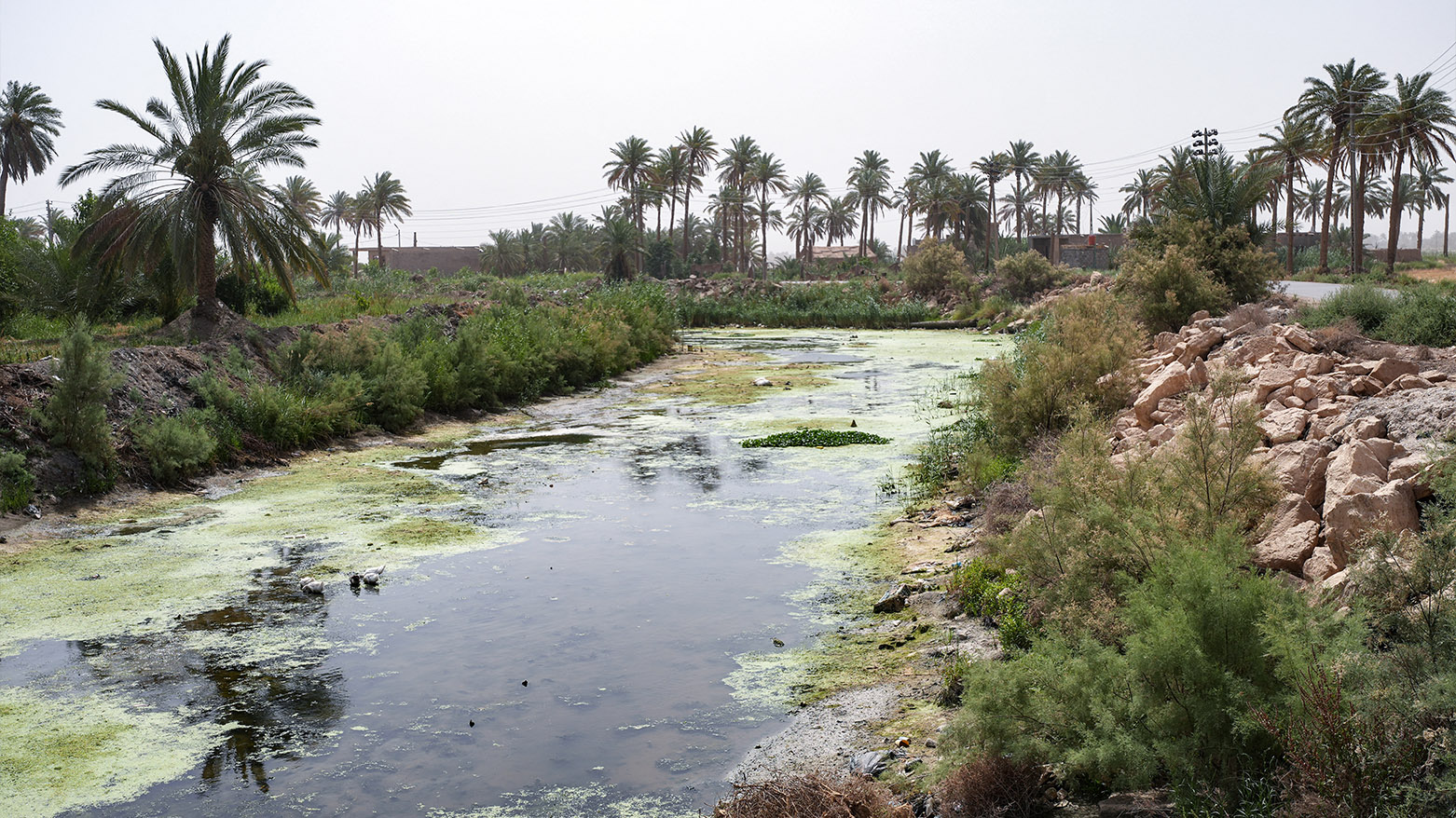
A new identity-based farm registration system will link each agricultural plot to a digital database. “This allows authorities to track seasonal irrigation, manage demand, and plan more effectively,” explained al-Shamal.
He added that this summer’s water allocation plan was structured around clear priorities: drinking water, domestic use, seasonal needs, agriculture, and finally, ecological flows to the Shatt al-Arab and the southern marshes. Despite dwindling reserves, drinking and household needs remain fully secured.
A high-level inter-ministerial meeting is expected to finalize Iraq’s agricultural strategy for the coming season, determining critical decisions about water distribution as the country enters the hottest months.
Cracking Down on Water Violations
The third pillar of Iraq’s water reform strategy is a nationwide crackdown on illegal use and pollution. Al-Shamal described violations—including unauthorized withdrawals, construction along riverbanks, and dumping of waste—as “crimes against national water security.”
Since early 2023, authorities have initiated over 6,400 legal actions, with more than 2,000 cases already resolved. Security forces, working with the judiciary, have dismantled illegal pumping stations, sealed unauthorized wells, and prosecuted major polluters.
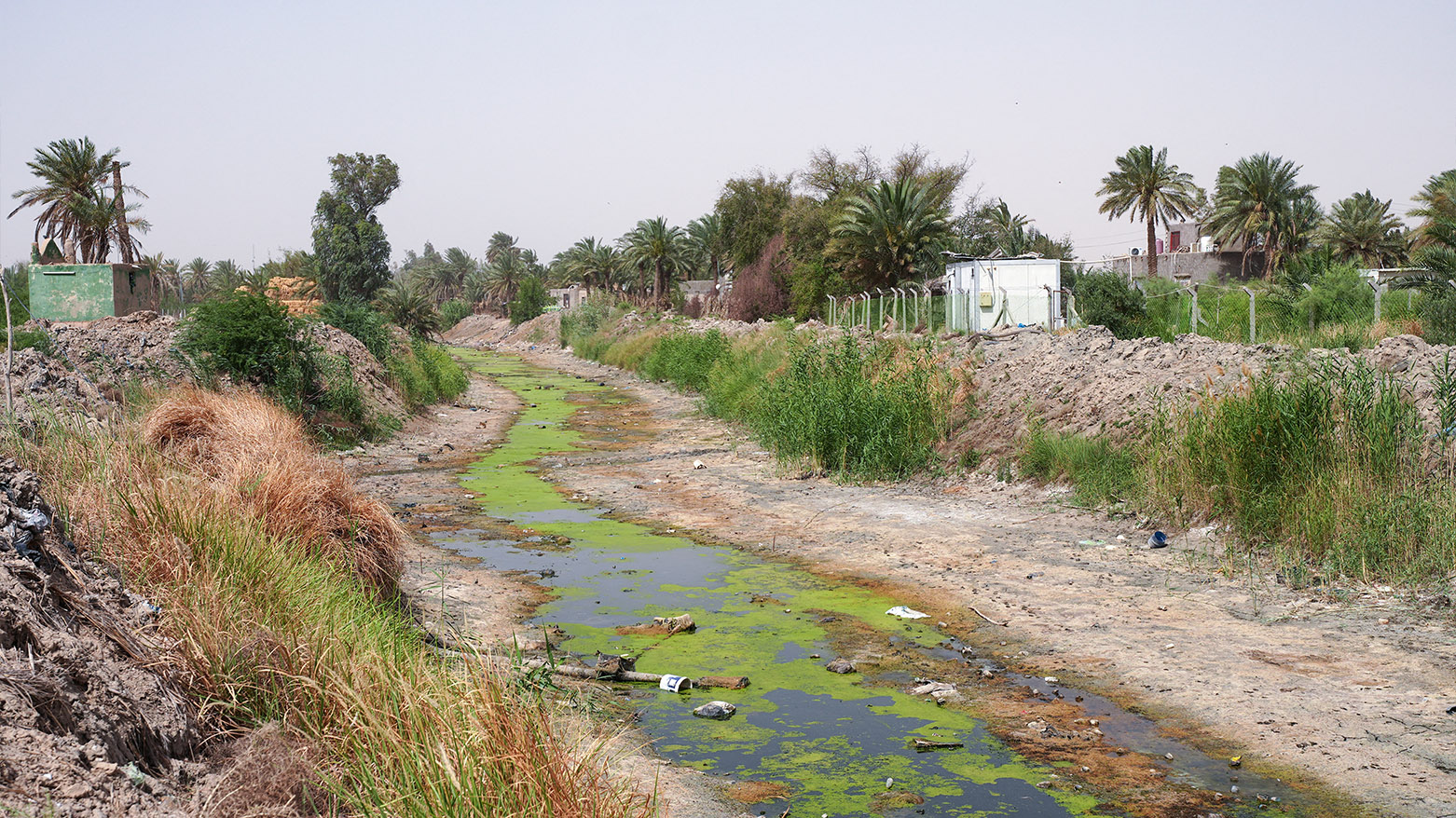
These efforts have yielded tangible results. According to the Ministry of Water Resources, the crackdown has saved between 50 to 80 cubic meters of water per second—equivalent to over 4 million cubic meters daily, enough to meet the basic water needs of more than 500,000 people.
Expert Opinions: Catastrophe or Correctable Crisis?
The severity of Iraq’s water crisis remains a subject of debate. Water expert Tahseen al-Moussawi described the situation as “catastrophic,” pointing out that Iraq’s reserves are now just one-third of what they were a decade ago. He attributed the decline to poor policy implementation and weak upstream negotiations, stating that Iraq had “received its water policies from others.”
By contrast, economist Karim al-Hilu offered a more moderate assessment, citing heavy rainfall and flooding in March and April as a temporary reprieve. Preliminary ministry data showed that inflows to some dams increased by 40% compared to the same period last year.
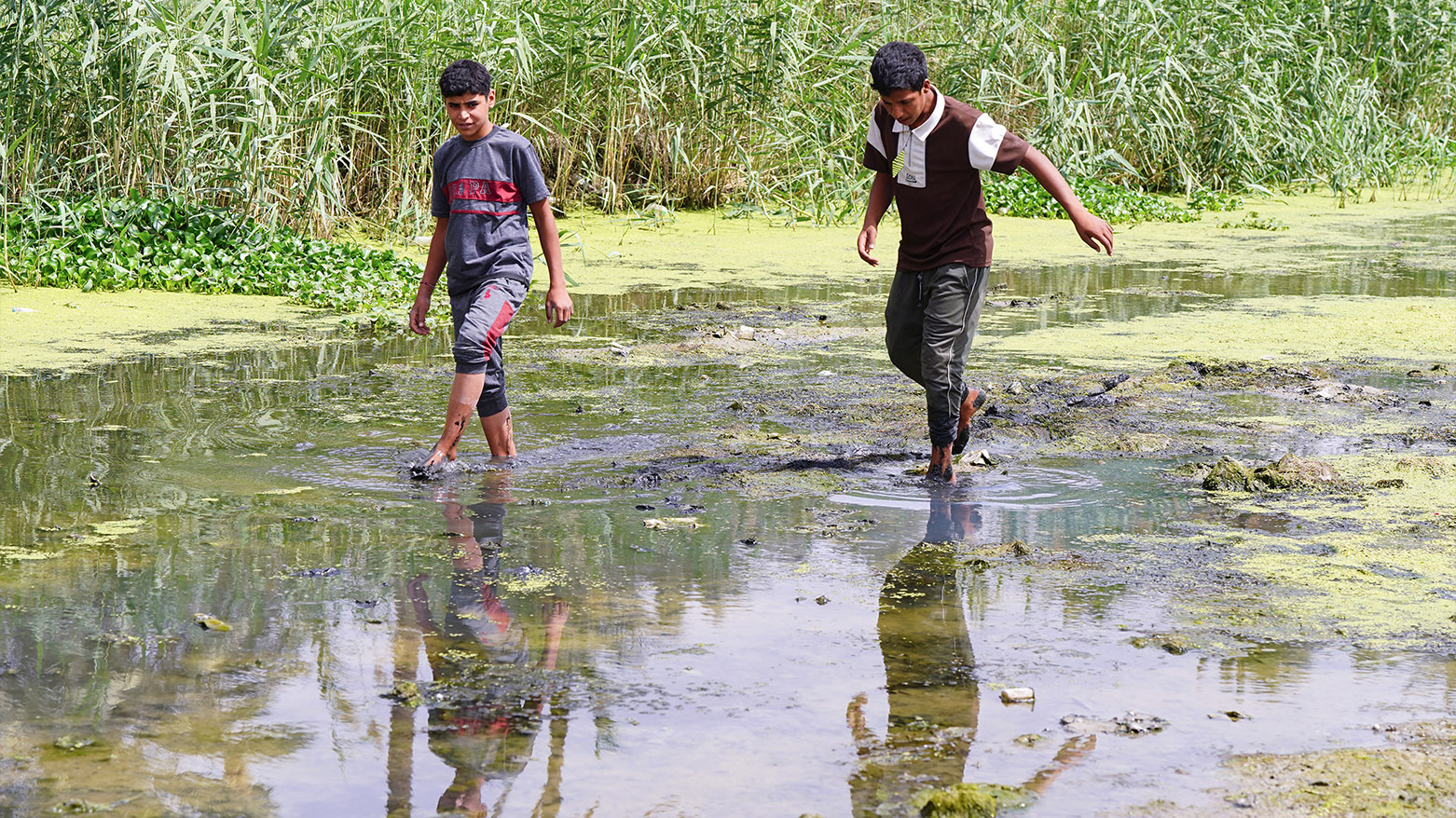
Al-Hilu believes Iraq’s current water woes stem more from infrastructural inefficiencies than absolute scarcity. However, he cautioned that continued mismanagement could trigger broader economic and political instability. “A water crisis could harm agriculture, increase imports, drain foreign currency, and destabilize governments,” he said, “but Iraq is not at that point—yet.”
A Precarious Crossroads
As reported by AFP, Iraq is one of the five countries most vulnerable to climate change impacts, according to the United Nations. Sparse winter rainfall and reduced snowmelt have compounded the effects of rising temperatures and water mismanagement.
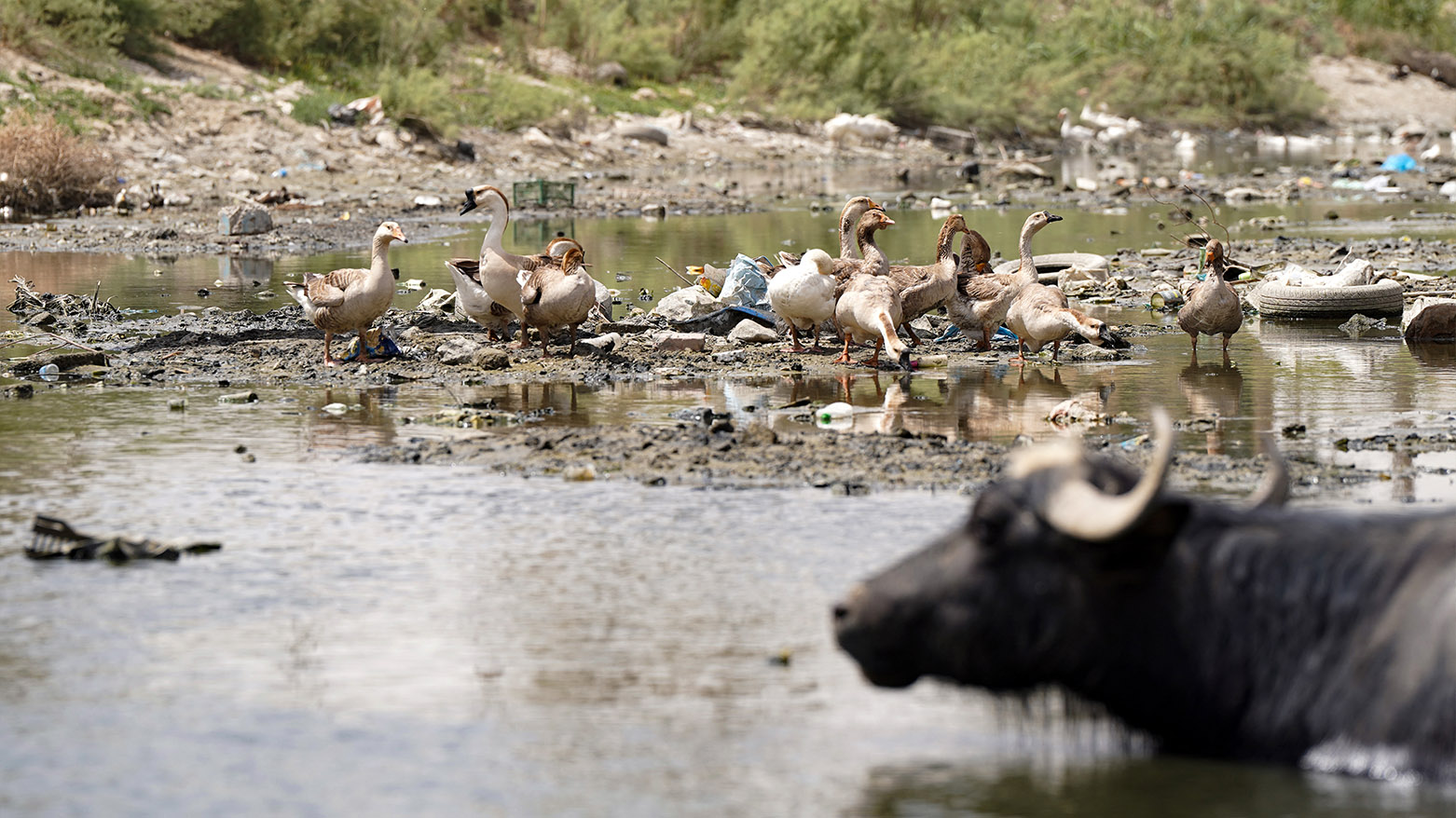
With farmers abandoning fields, and the government slashing cultivation areas to preserve drinking water, the situation has reached a precarious juncture. Agricultural land use has already been cut from 2.5 million to 1.5 million dunams this year, a reduction of 40%.
Water tensions also continue to strain Iraq’s relations with Turkiye, despite the recent framework agreement. Iraq is under pressure to modernize its water infrastructure, enforce conservation, and reform its agricultural policies—all while navigating a complex web of regional geopolitics.
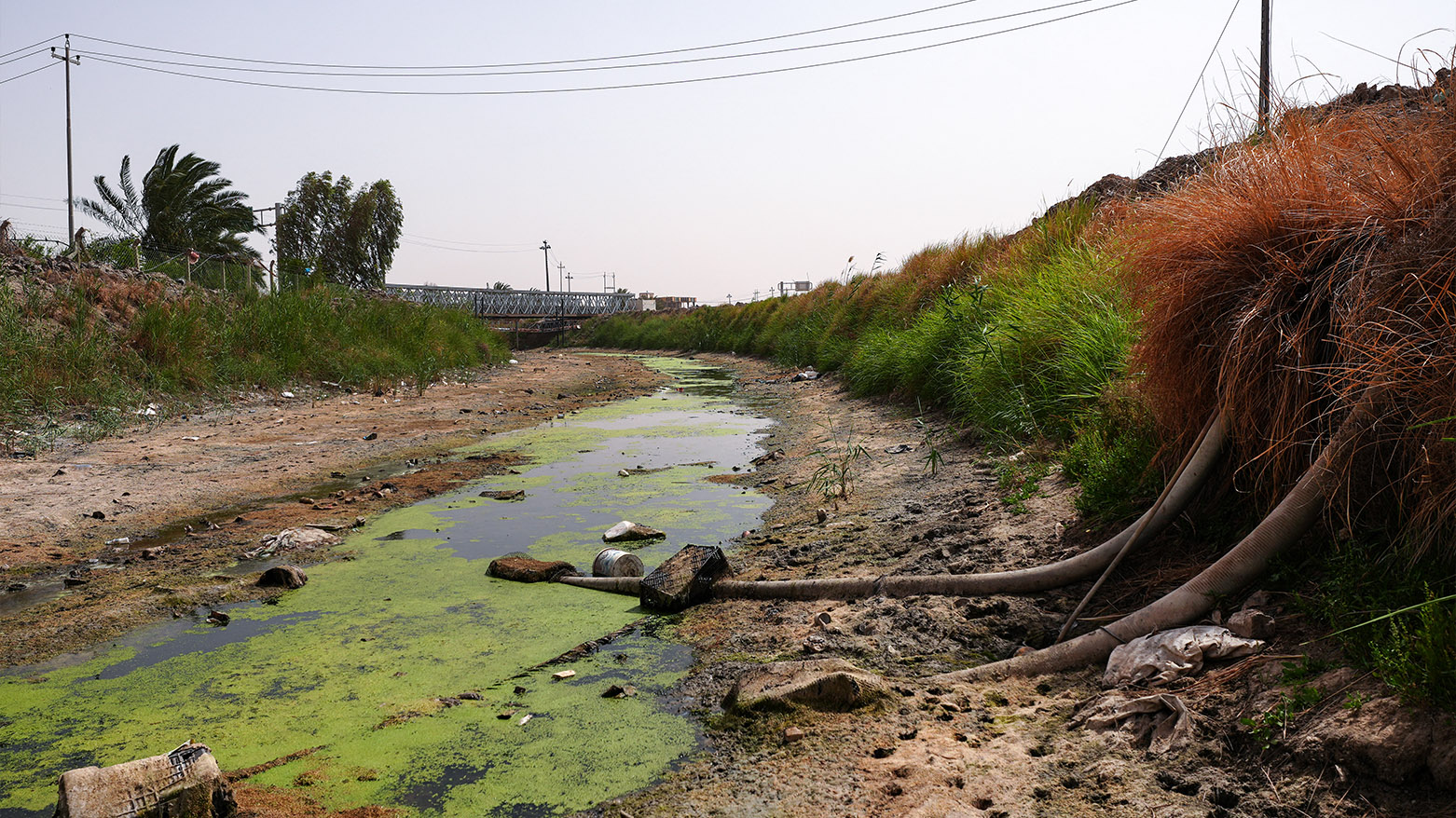
Whether these measures will be enough to reverse the downward spiral remains uncertain. But what is clear is that Iraq is now fighting for every drop.
